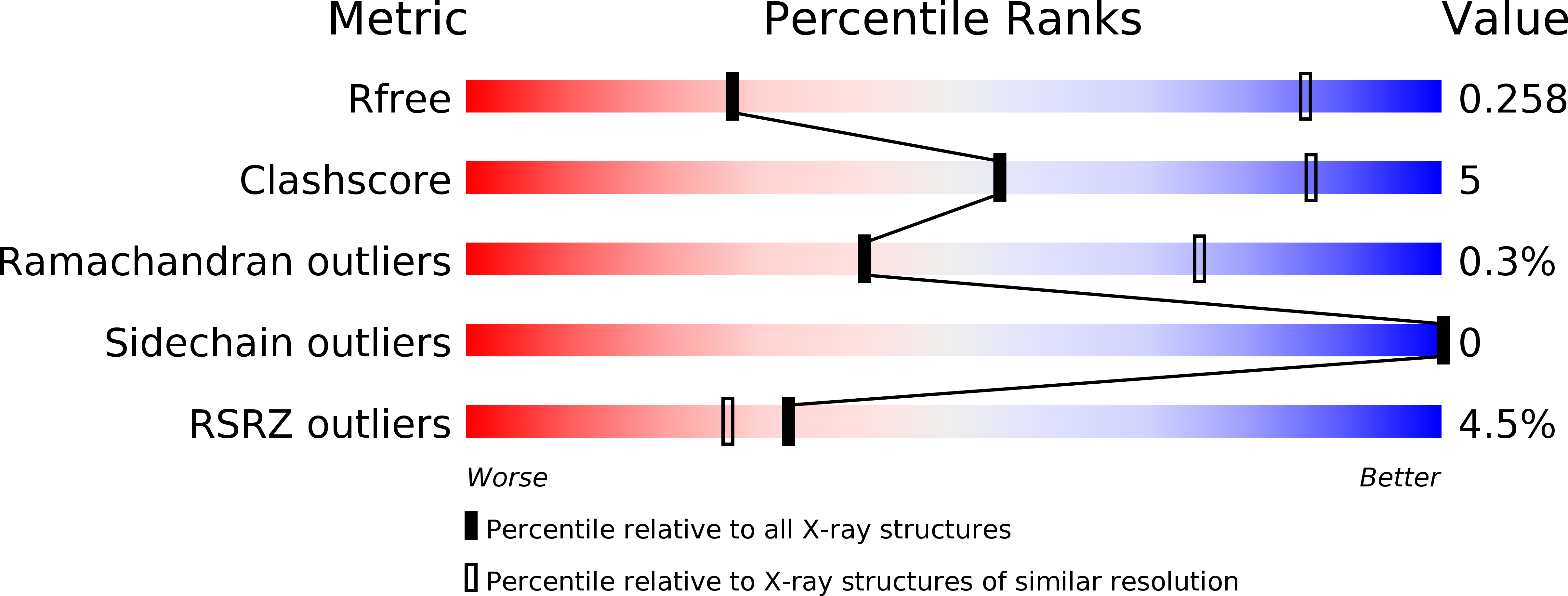
Deposition Date
2012-06-01
Release Date
2012-06-27
Last Version Date
2024-11-27
Entry Detail
PDB ID:
4FG0
Keywords:
Title:
Structure of the St. Louis Encephalitis Virus envelope protein in the fusogenic trimer conformation.
Biological Source:
Source Organism:
St. Louis encephalitis virus (Taxon ID: 11080)
Host Organism:
Method Details:
Experimental Method:
Resolution:
3.90 Å
R-Value Free:
0.26
R-Value Work:
0.22
R-Value Observed:
0.22
Space Group:
I 2 3


